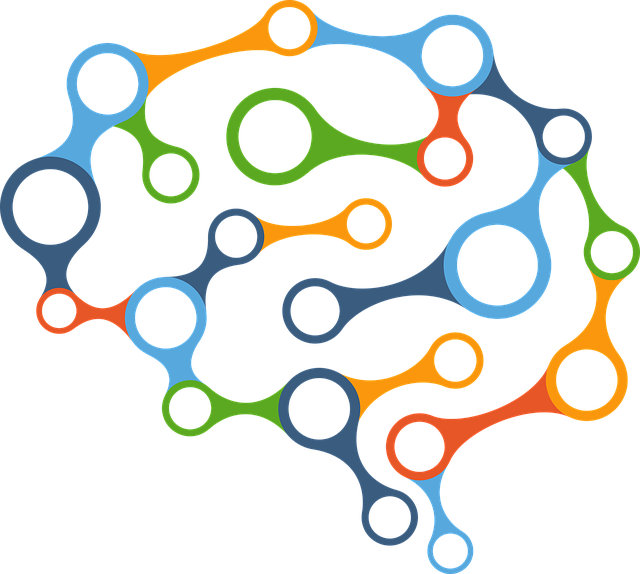
Dementia manifests as a set of related symptoms, which usually surface when the brain is damaged by injury or disease. The symptoms involve progressive impairments in memory, thinking, and behavior, which negatively impact a person’s ability to function and carry out everyday activities. Aside from memory impairment and a disruption in thought patterns, the most common symptoms include emotional problems, difficulties with language, and decreased motivation. The symptoms may be described as occurring in a continuum over several stages. Dementia is not a disorder of consciousness, as that is not usually affected. It ultimately has a significant effect on the individual, caregivers, and relationships in general.
A diagnosis of dementia requires a change from a person’s usual mental functioning and a greater cognitive decline than what is caused by normal aging. Several diseases and injuries to the brain, such as a stroke, can give rise to dementia. However, the most common cause is Alzheimer’s disease, a neurodegenerative disorder.
While the DSM-5 has re-described dementia as a major neurocognitive disorder with varying degrees of severity and many causative subtypes, the International Classification of Diseases (ICD-10) differentiates the disease as an organically situated disorder with symptoms found in the mental and behavioral aspects of the patient, similarly, with sub-classifications. Causative subtypes of dementia may be based on a known potential cause such as Parkinson’s disease, for Parkinson’s disease dementia; Huntington’s disease for Huntingtons disease dementia; vascular disease for vascular dementia; brain injury including stroke often results in vascular dementia; or many other medical conditions including HIV infection for HIV dementia; and prion diseases. Subtypes may be based on various symptoms possibly due to a neurodegenerative disorder such as Alzheimer’s disease; frontotemporal lobar degeneration for frontotemporal dementia; or Lewy body disease for dementia with Lewy bodies. More than one type of dementia, known as mixed dementia, may exist together. Diagnosis is usually based on history of the illness and cognitive testing with imaging. Blood tests may be taken to rule out other possible causes that may be reversible such as an underactive thyroid, and to determine the subtype. One commonly used cognitive test is the Mini-Mental State Examination. The greatest risk factor for developing dementia is aging, however dementia is not a normal part of aging. Several risk factors for dementia, such as smoking and obesity, are preventable by lifestyle changes.
There is no known cure for dementia. Acetylcholinesterase inhibitors such as donepezil are often used and may be beneficial in mild to moderate disorder. The overall benefit, however, may be minor. There are many measures that can improve the quality of life of people with dementia and their caregivers. Cognitive and behavioral interventions may be appropriate.
